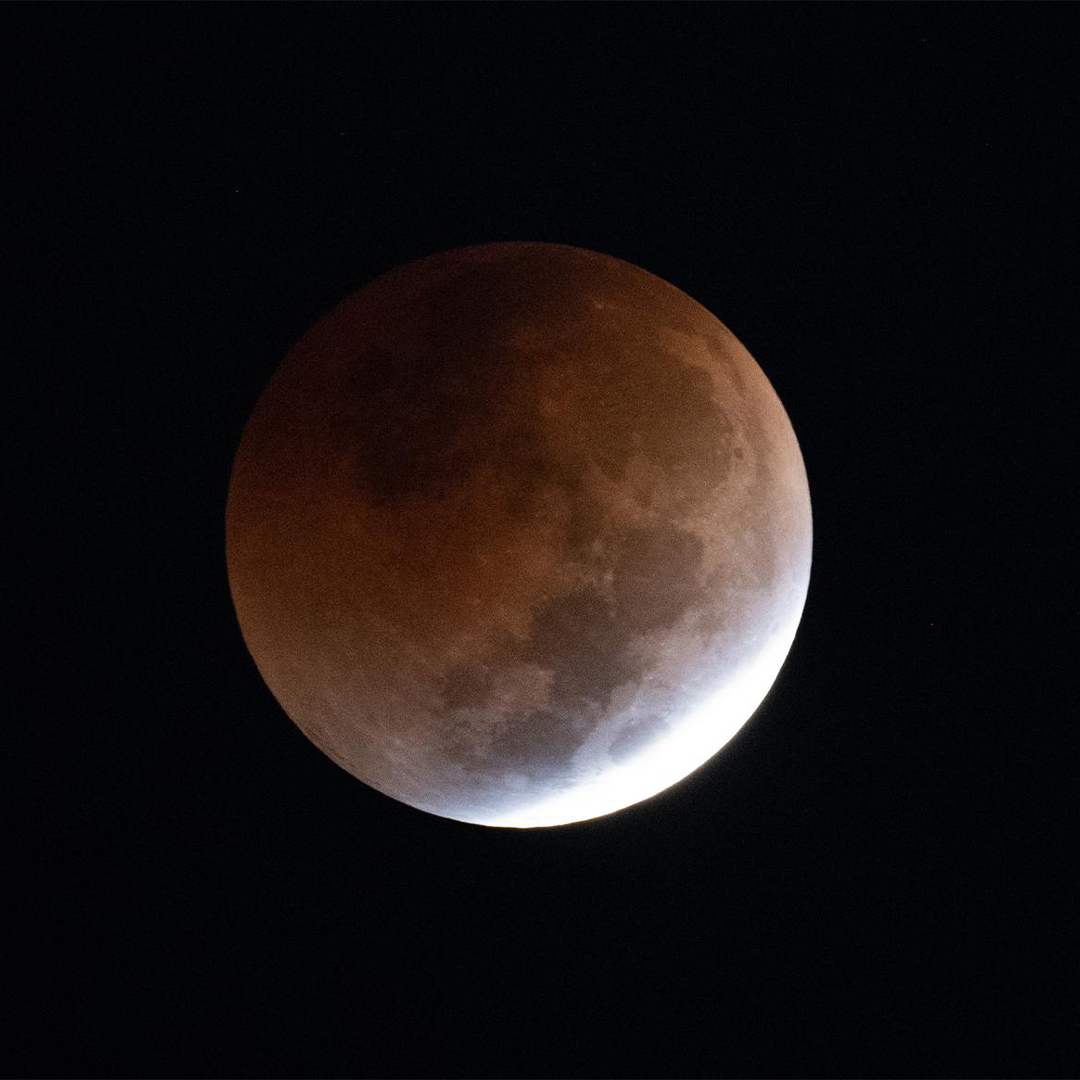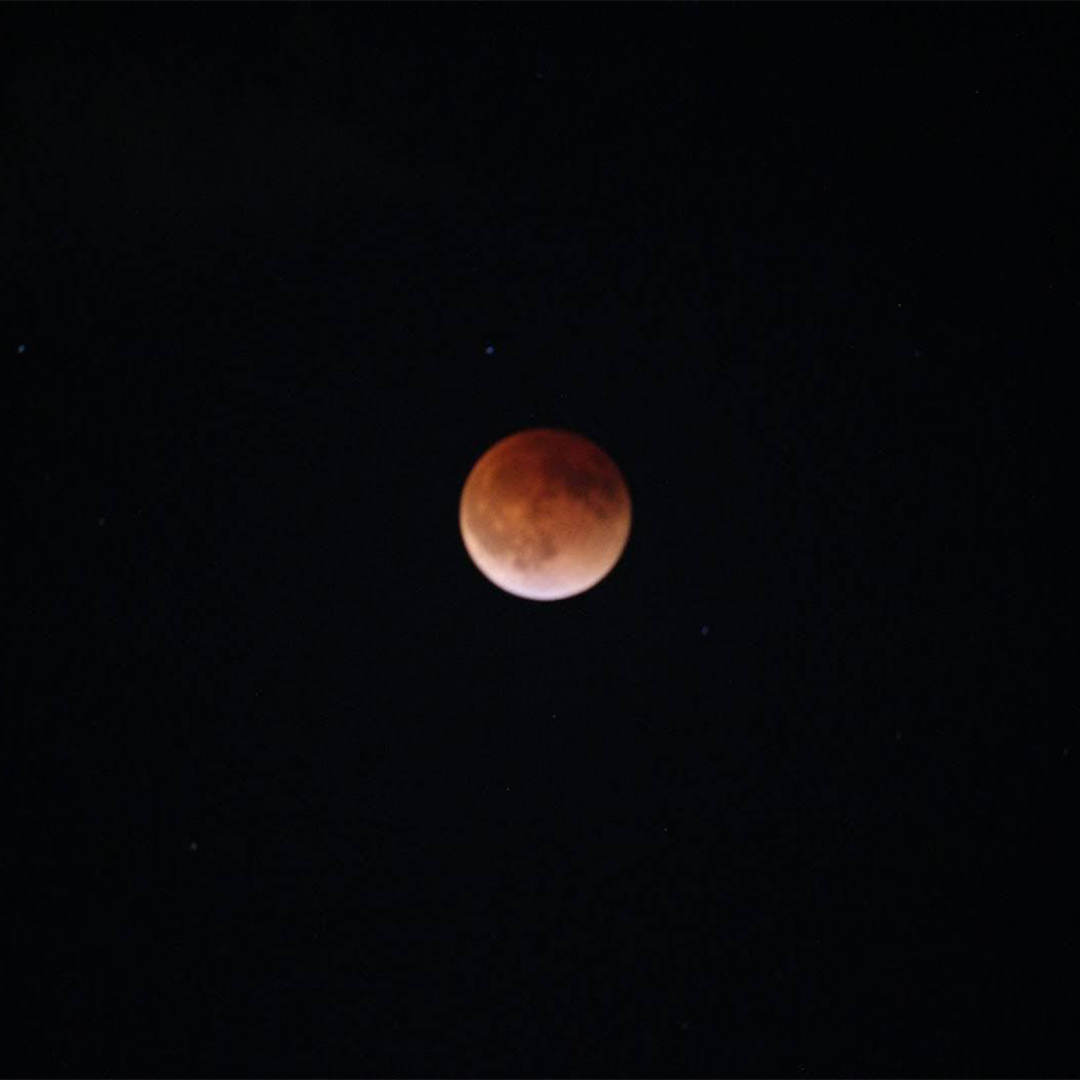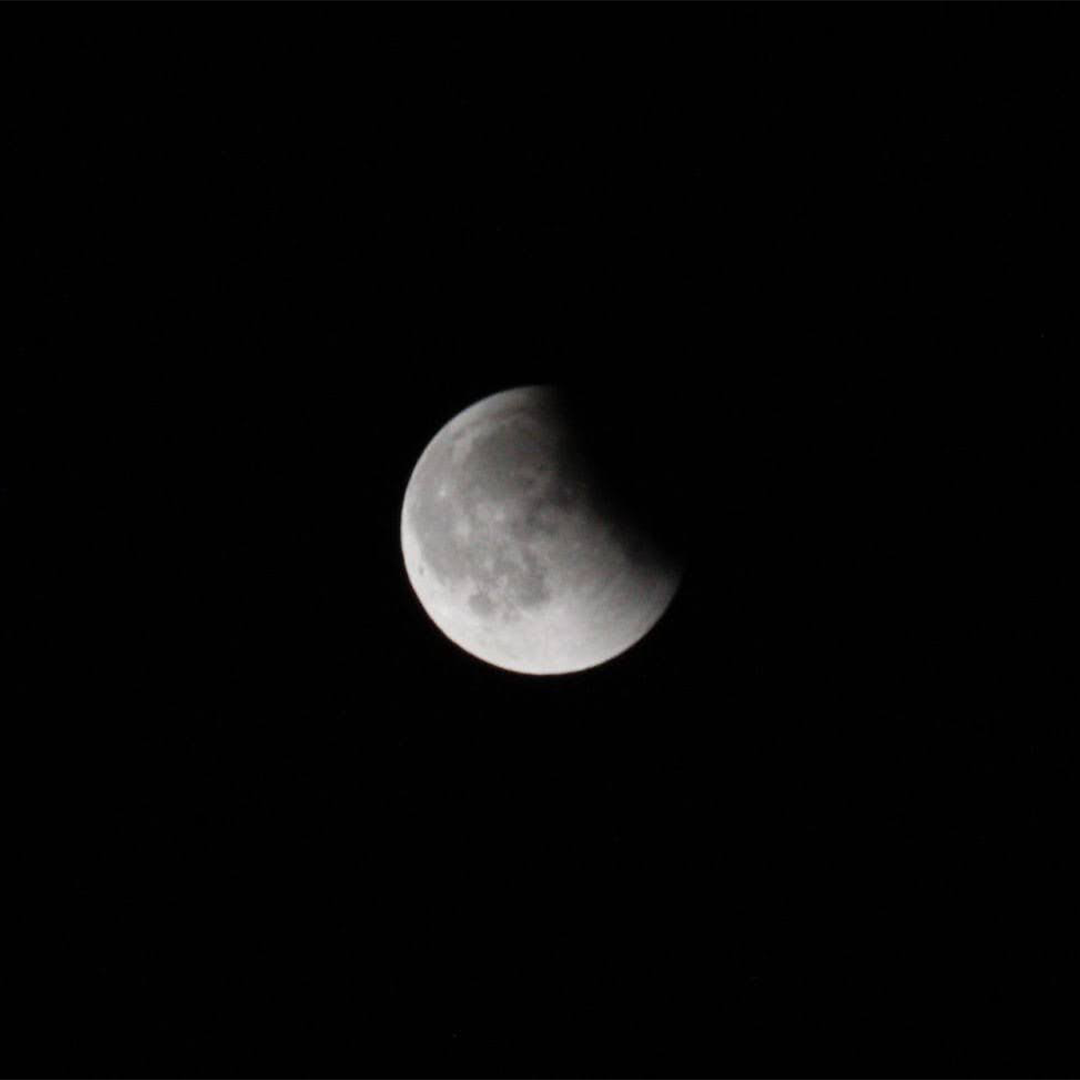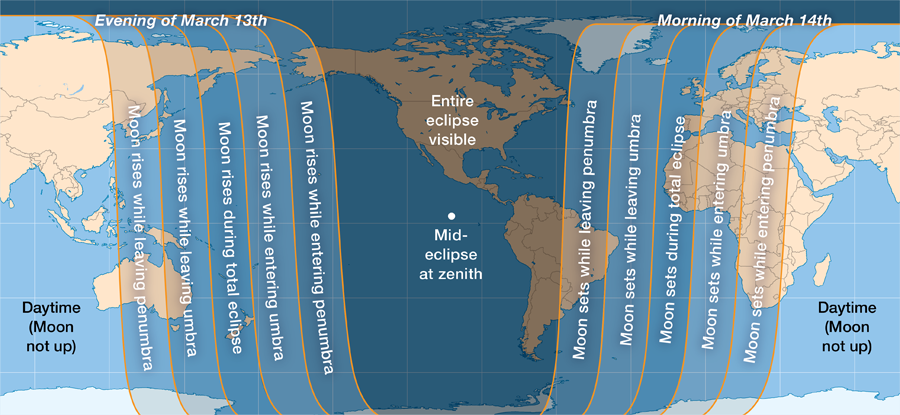Everything You Need To Know To See The Next Lunar Eclipse On March 13–14, 2025

Header Image: The Moon is seen during a total lunar eclipse, Tuesday, November 8, 2022, at NASA’s Kennedy Space Center in Florida. Image Credit: NASA/Joel Kowsky
Get ready for the next total lunar eclipse! On the evening of March 13, 2025 starting at 10:57 pm CDT, the full Moon—known as the Worm Moon—will begin to pass into the Earth’s shadow, creating a total lunar eclipse.
Here’s everything you need to know to see the March lunar eclipse as it passes over all of North America and South America!

Lunar Eclipses Explained
When the Sun’s light falls on our planet, the Earth blocks some of it and casts a shadow into space. This is just like when you’re standing in the Sun—a shadow is cast because YOU are blocking some of the Sun’s light! When the Moon’s orbit intersects with the Earth’s shadow, the Moon passes through the shadow and creates a lunar eclipse. A lunar eclipse can only happen when the Moon is at the full Moon lunar phase.
Why don’t we get a lunar eclipse at every full Moon? The Moon’s orbit doesn’t always intersect Earth’s shadow. On average, this only happens once or twice a year, so lunar eclipses are somewhat rare. Additionally, depending on your location, you may not see a lunar eclipse occur. If your spot on the Earth is not facing the Moon while the eclipse is happening, you may not see the eclipse at all. This makes spotting a lunar eclipse even more special!
Different Types Of Lunar Eclipses
A penumbral lunar eclipse occurs when the Moon passes through the lighter, outer part of Earth’s shadow, called the penumbra. When the Moon is in this part of the shadow, it may appear a bit more tan in color, but it can sometimes be hard to notice any color change at all.
A partial lunar eclipse occurs when only some of the Moon passes into the darker, inner area of Earth’s shadow, called the umbra. At this point, the Moon looks like it has a bite taken out of it, and that bite grows progressively larger as the Moon passes more and more into the dark shadow.

A total lunar eclipse occurs when the Moon fully passes into the Earth’s umbra, the darkest central part of its shadow. Once totality begins, the Moon can appear reddish.
Why Does The Moon Look Red During A Total Lunar Eclipse?
The red color of the Moon during totality is due to sunlight passing through the atmosphere all around the edge of the Earth. Our atmosphere scatters away the bluer rays of the Sun’s light, and the redder wavelengths of light pass through into the Earth’s shadow. You can also see this effect right before sunset: at that moment, sunlight is passing through a lot of air, scattering the blue wavelengths and leaving the redder wavelengths. Think of a lunar eclipse as showing you the color of the collective sunrises and sunsets happening around the entire edge of the Earth at that exact moment. Pretty cool, right?
The color of the Moon during totality might be different from one lunar eclipse to the next. This depends on whether the air the sunlight is passing through is dusty, clear, or cloudy. Sometimes during a total lunar eclipse, the Moon might appear light or dark red, orange, or even dark gray. That’s part of the fun of total lunar eclipses—you don’t know exactly what the color of the Moon will be until the eclipse happens! The lunar eclipses in November 2021 and November 2022 were both a dark, brick red in color. We’ll see what we get in the March 2025 lunar eclipse!
What Is A Blood Moon?
Blood Moon is an informal term used to refer to a total lunar eclipse, but it is not technically an astronomical or scientific term. The phrase’s usage has grown in popularity, and these days, blood Moon and lunar eclipse are used interchangeably. People like using the phrase blood Moon because the Moon might appear red or orange during the totality phase of a lunar eclipse.
Solar And Lunar Eclipses Come In Pairs
Solar eclipses and lunar eclipses are extremely intertwined—one does not exist without the other. If the Moon’s orbit is lined up for a lunar eclipse, it is also lined up for a partial or total solar eclipse, either two weeks before or after the lunar eclipse. However, both eclipses may not be visible to the same parts of Earth, and both eclipses may not be total. The type of lunar eclipse will depend on which part of the Earth’s shadow the Moon encounters, and the type of solar eclipse will depend on how much of the Sun is covered as seen from the Earth.
The solar eclipse that corresponds with the March lunar eclipse arrives on March 29, but won’t be visible here in Chicago. To learn more about the March solar eclipse, head to Time and Date’s page on the March 29, 2025 partial solar eclipse.
To dive more into the explanation of both solar and lunar eclipse, check out our blog Solar Eclipses And Lunar Eclipses Explained.
Can I See The Total Lunar Eclipse From My Location?

The March lunar eclipse will be visible for all of the USA, Canada, Mexico, Central America, and South America, as long as clouds are not blocking your view of the Moon. A few areas of North and South America, Africa, Europe, eastern Asia, and Australia will only see part of the eclipse at moonrise or moonset, depending on the viewer’s specific location and where the Moon is in the sky as the eclipse is occurring.
To see the lunar eclipse visibility map and the eclipse timing for your area, check out Time and Date’s total lunar eclipse interactive map.
March Lunar Eclipse Timeline For The Central Time Zone
Penumbral Lunar Eclipse Starts: 10:57 pm (March 13)
Partial Lunar Eclipse Starts: 12:09 am (March 14)
Totality Starts: 1:26 am
Totality Ends: 2:31 am
Partial Lunar Eclipse Ends: 3:47 am
Penumbral Lunar Eclipse Ends: 5:00 am
All times listed are in Central Daylight time.
Tips And Tricks For Seeing The Total Lunar Eclipse In March 2025
- Check the weather beforehand and dress appropriately. Lunar eclipses usually take several hours from start to finish.
- Double check the time of each lunar eclipse phase in your time zone leading up to totality. Depending on where you are, the eclipse might start for you on the evening of March 13 or the early morning of March 14. That timing depends on your time zone at the moment when the Moon is passing through the Earth’s shadow.
- Find a spot where you can see the Moon that is not obstructed by tall buildings and trees.
- Don’t stress about needing a telescope or binoculars—you don’t need any special equipment to see a lunar eclipse. If you can see the Moon with just your eyes at any other time, you can see a darker version of the Moon with just your eyes.
Watch The Eclipse Live With Our Astronomy Educators
Watch exclusive live episodes of Sky Observers Hangout throughout the year! Learn how to observe upcoming cosmic happenings, enhance your astrophotography skills and see celestial objects through a telescope virtually with our astronomy educators.
In their next episode, our astronomy educators will talk about what happens during a lunar eclipse and, weather permitting, watch live as the Moon passes through the Earth’s shadow. They’ll explain how lunar eclipses happen, answer all your most pressing astronomical questions, and most importantly offer some tips for you to observe the eclipse yourself. Streamed live from the campus of Southern Illinois University Carbondale, join us for an out-of-this-world eclipse!






